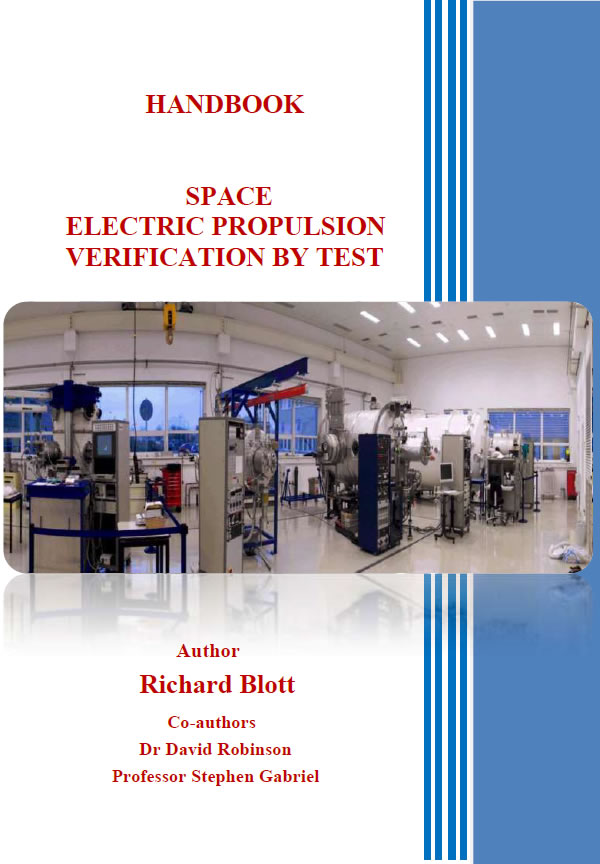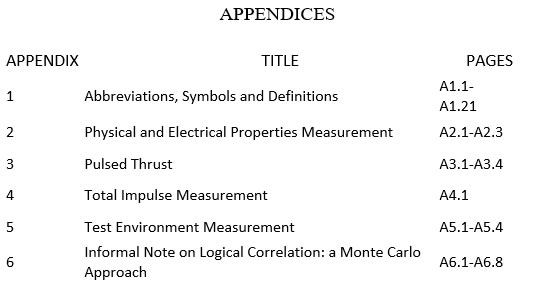

Satellite operators, spacecraft and electric propulsion manufacturers who use or make products which must be verified to international standards,
Researchers of space electric propulsion and its applications to be aware of and allow for full development verification requirements in early testing,
Students who wish to understand how international verification standards are applied to space electric propulsion verification testing.
The use of Electric Propulsion (EP) by the commercial space telecommunication sector has pushed this technology to the top of the market, especially after the use of Electric Propulsion for orbit raising manoeuvres that will provide savings of thousands of kilos of propellant and therefore huge economic savings. Satellite operators and primes are now more than ever committed to the use of this technology at low cost and high levels of production. Therefore, it is very important to have clear standards to tests these hundreds of engines. Furthermore, future scientific space missions will require high thrust control capabilities and the testing of these thrusters at very low levels (in the order of micro-Newtons) will impose strong difficulties on the understanding of the test results due to the different facilities environments. This Handbook will help to understand better the testing of electric propulsion engines and will pave the road to the identification of clear standards for testing EP thrusters.
Jose Gonzalez Del Amo
Head of Electric Propulsion
European Space Agency


© ESA retains the copyright for the Handbook and Richard Blott has the exclusive licence for publishing and distributing it. Unauthorised copying for any reason is a direct infringement of the ESA copyright.
